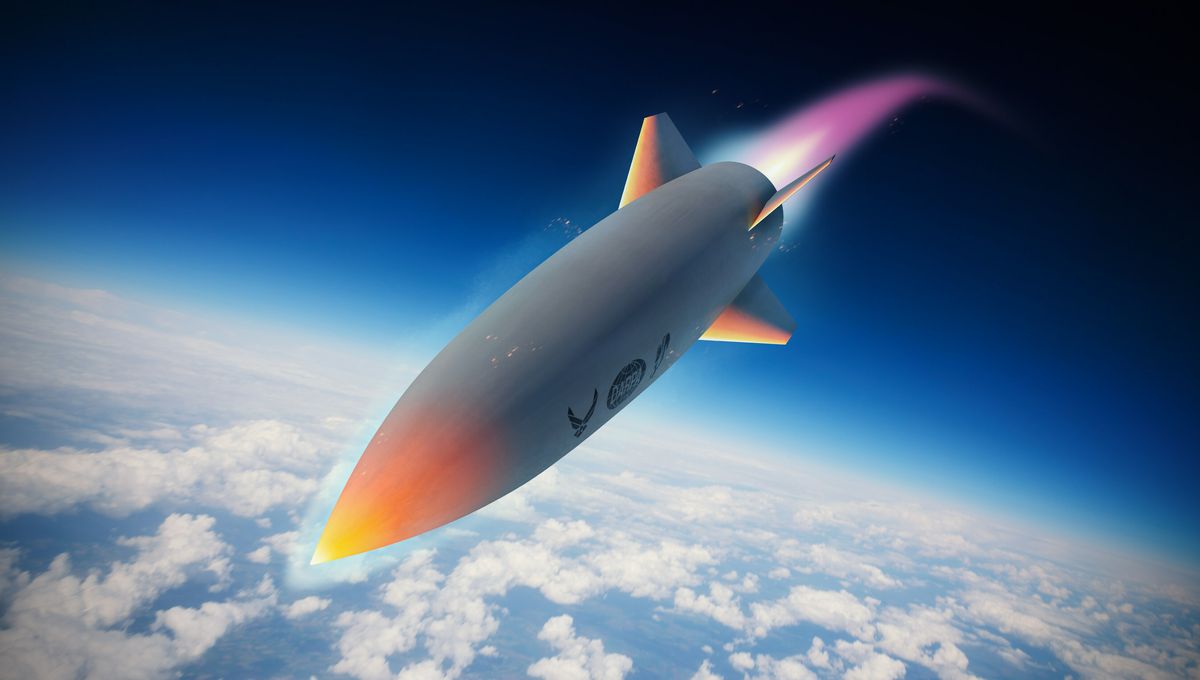
A collaboration between the US government and military contractors have completed a milestone test of their Hypersonic Air-breathing Weapon Concept (HAWC), achieving a blistering speed of Mach 5 and succeeding in all test objectives. The tests were designed to get more data on the hypersonic scramjet missile system that will form the next generation of cruise missiles in the US military.
Air-launched by a B-52 bomber, the HAWC carried a first stage that is similar to a rocket destined for space, which it used to reach a target altitude before the scramjet fired. From there, it traveled 300 nautical miles and reached a maximum altitude of over 18,300 meters (60,000 feet) and assumedly crashed into the sea or a recoverable location. This is now the fourth test of the system and officially brings the program to a close.
“Affordability and reliability are essential as we work to develop operational hypersonic solutions,” said John Clark, vice president and general manager Lockheed Martin Skunk Works®, in a statement.
“Both of our HAWC flight tests launched from an operational aircraft and matched performance models and predictions to aid affordable, rapid development of future hypersonic weapons.”
The HAWC was developed by DARPA in collaboration with Lockheed Martin, Aerojet Rocketdyne, and Air Force Research Lab and has been progressing in relative secrecy over the years, with the latest test happening on an undisclosed date in January.
According to DARPA, the road to HAWC was not a smooth one. “We had our share of difficulties,” Said Andrew “Tippy” Knoedler, the HAWC program manager, in a statement.
“Through a pandemic, a strained supply chain, and atmospheric rivers, our industry partners forged ahead, mitigating the risks where they could and accepting others. They delivered on their promises, proving the feasibility of the concept.”
The HAWC data will now be used in a new program, More Opportunities with HAWC (MOHAWC), to create hypersonic test vehicles to be acquired by the military.
Source Link: DARPA Completes Final Test Of Hypersonic Air-Breathing Weapon Concept